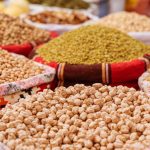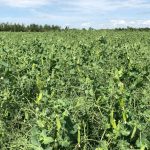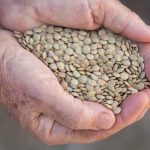MarketsFarm — Yields and crop conditions from this year’s pulse harvest in Saskatchewan largely varied by location, according to SaskPulse executive director Carl Potts. “Generally on the east side of the province and some areas of the south, some pretty good yields. And then in the west-central, southwest regions, some yields that were quite low.













